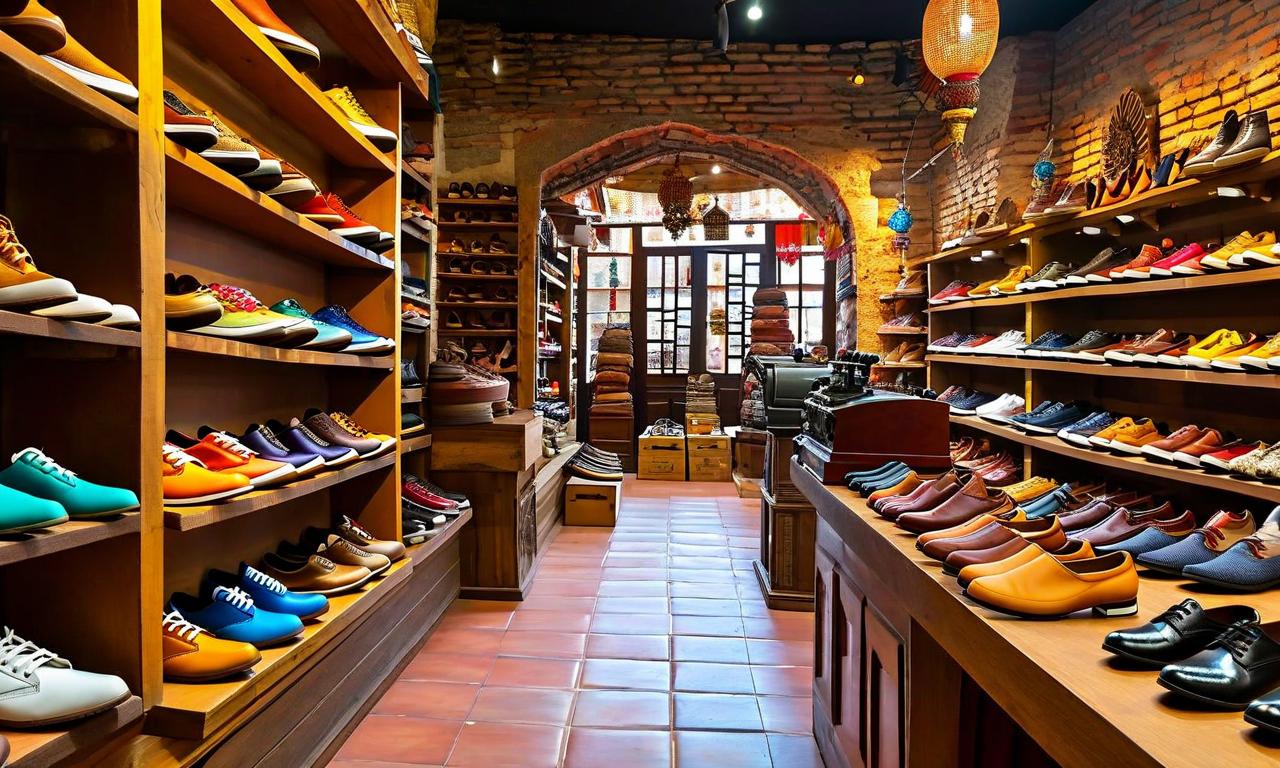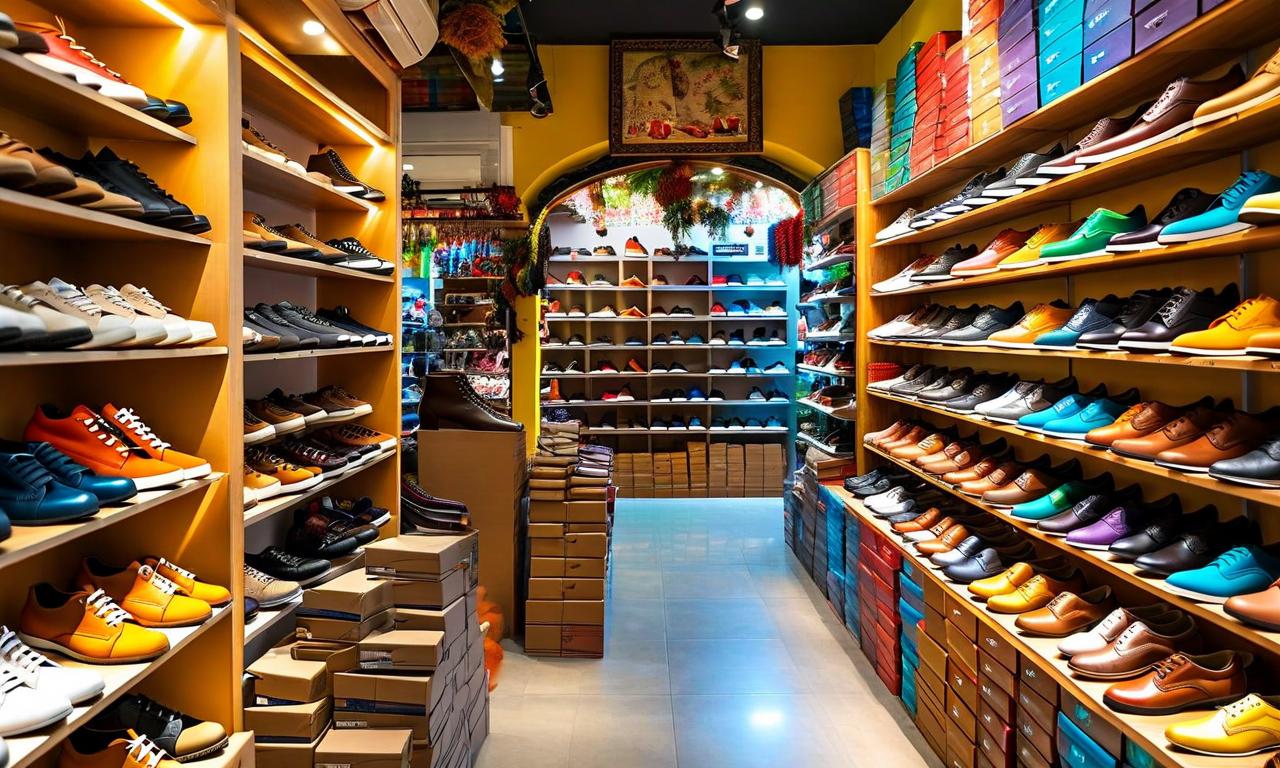Bata India Welcomes Potential GST Cut on Sub-Rs 1,000 Footwear
Bata India responds positively to PM Modi's announcement of potential GST reforms for the footwear industry. The proposed changes include reducing GST from 12% to 5% for footwear under Rs 1,000. Bata's CEO, Gunjan Shah, emphasizes the reforms' importance for middle-class consumers and the industry's recovery. The sub-Rs 1,000 segment represents 80-85% of India's footwear industry. Previously, GST increase from 5% to 12% had impacted industry volumes, with Bata's sub-Rs 1,000 category contribution dropping from 47% to 37%. The proposed reforms aim to simplify the GST structure to three slabs: 5%, 18%, and 40%.

*this image is generated using AI for illustrative purposes only.
Bata India , a leading footwear manufacturer and retailer, has responded positively to Prime Minister Narendra Modi's announcement of potential GST reforms that could benefit the footwear industry. The proposed changes, revealed during the Prime Minister's Independence Day speech, include a reduction in the GST rate from 12% to 5% for footwear priced below Rs 1,000.
Industry Impact and Bata's Perspective
Gunjan Shah, CEO of Bata India, welcomed the announcement, highlighting its potential to stimulate consumption and aid recovery in the sub-Rs 1,000 segment. This price range is particularly significant as it represents 80-85% of the footwear industry in India.
Shah emphasized the importance of these reforms, especially for middle-class and mass-market consumers who have faced economic pressure in the post-Covid era. He stated, "The reforms are needed for middle-class and mass-market consumers facing pressure post-Covid."
Historical Context
The footwear industry experienced a significant setback when the GST rate for sub-Rs 1,000 footwear was increased from 5% to 12%. This change had a notable impact on industry volumes, including Bata's sales:
- Bata's sub-Rs 1,000 category contribution dropped from 47% to 37% of sales following the GST rate increase.
Proposed GST Reforms
The announced GST reforms aim to simplify the current five-slab structure, proposing a new system with three slabs:
- 5%
- 18%
- 40%
These changes are expected to provide relief to both consumers and the footwear industry, particularly in the mass-market segment.
Bata India's Current Performance
While welcoming the potential GST reforms, Bata India continues to adapt to the evolving retail landscape:
- The company reported double-digit contribution from online sales through its omnichannel strategy.
- Bata India shares traded 1.06% lower at Rs 1,129.70 on the NSE at the time of reporting.
As the industry awaits the implementation of these proposed GST reforms, companies like Bata India are optimistic about the potential boost to the footwear market, particularly in the crucial sub-Rs 1,000 segment that caters to a large portion of Indian consumers.
Historical Stock Returns for Bata
| 1 Day | 5 Days | 1 Month | 6 Months | 1 Year | 5 Years |
|---|---|---|---|---|---|
| -1.31% | -1.31% | -6.21% | -23.30% | -30.53% | -41.72% |





































